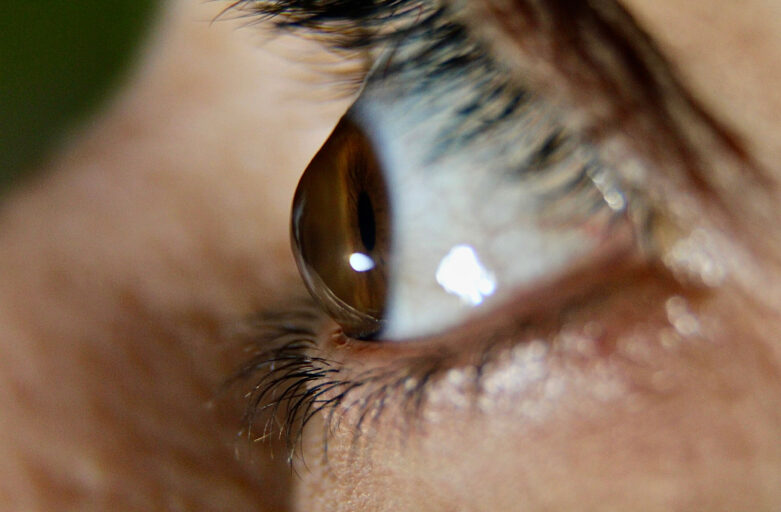If you have recently been diagnosed with keratoconus, Brian Boxer Wachler, MD — known by patients and doctors as “The Keratoconus Guru” — urges you to quickly find and establish care with a reputable provider. Time is of the essence when seeking treatment for keratoconus, which is a progressive and unpredictable disease. There is no way to know how quickly and severely it will worsen, or to predict the effects on your vision. Keratoconus “has a mind of its own.” But make no mistake: it will NOT stop and go away on its own.
Preserve Your Vision with Advanced Keratoconus Treatments
Keratoconus is the thinning and steepening of the cornea, or the eye’s structure that helps focus incoming light onto the retina. As the cornea gradually becomes more cone-shaped, vision can badly blur, and other visual symptoms can occur. The disease may progress rapidly or over the span of years. Early detection and intervention can slow or delay the progression of the disease and minimize its effects.
For more than 19 years, Dr. Brian has been tireless in his pursuit of quality care for individuals with keratoconus. If you’ve seen his TEDx talk, then you know he is a devout advocate for people with keratoconus. He has pioneered the use of innovative procedures to stop the cornea from thinning and steepening and help patients avoid the need to have cornea transplants.
What Are Your Treatment Options?
Under the care of Dr. Brian, you have several advanced treatments at your fingertips. Every patient and case is different, and Dr. Brian’s strength is selecting the treatment option that will offer the best chances at staving off keratoconus.
Many of Dr. Brian’s patients have seen incredible results with the non-invasive, 1-day recovery Holcomb C3-R corneal cross-linking, a procedure Dr. Brian invented in 2003 and has stood the test of time, with a 99.3% success rate. By applying a proprietary vitamin B2 complex to the cornea and activating it with a special UV light, Dr. Brian strengthens the natural collagen strands in the cornea. This stabilizes the cornea and prevents it from succumbing to further bulging and distortion. This is done WITHOUT scraping off the top of your cornea – which is incredibly painful.
Another option to help improve vision by helping to reverse keratoconus is to use tiny inserts called Intacs. These are implanted in the eye to reshape the cornea’s curvature from within. By flattening the steep part of the cornea, Intacs can greatly reduce some of the uncomfortable symptoms of keratoconus. Dr. Brian has the most extensive experience in the world with Intacs for keratoconus – dating back to 1999. He even repairs the eyes of patients whose Intacs procedures were performed improperly elsewhere.
Many of Dr. Brian’s keratoconus patients opt to combine Holcomb C3-R with the placement of Intacs as there is an additive effect from both procedures on the same day.
Dr. Brian is steadfastly committed to helping keratoconus patients avoid losing vision to the disease. Because of his vast experience with these kinds of cases, he strongly feels that with early intervention, patients can avoid more invasive treatment measures such as corneal transplant surgery.
To discuss your unique case and your treatment options with Dr. Brian, please request a consultation at Boxer Wachler Vision Institute today. You NEVER want to take a “wait and see” approach with keratoconus.



